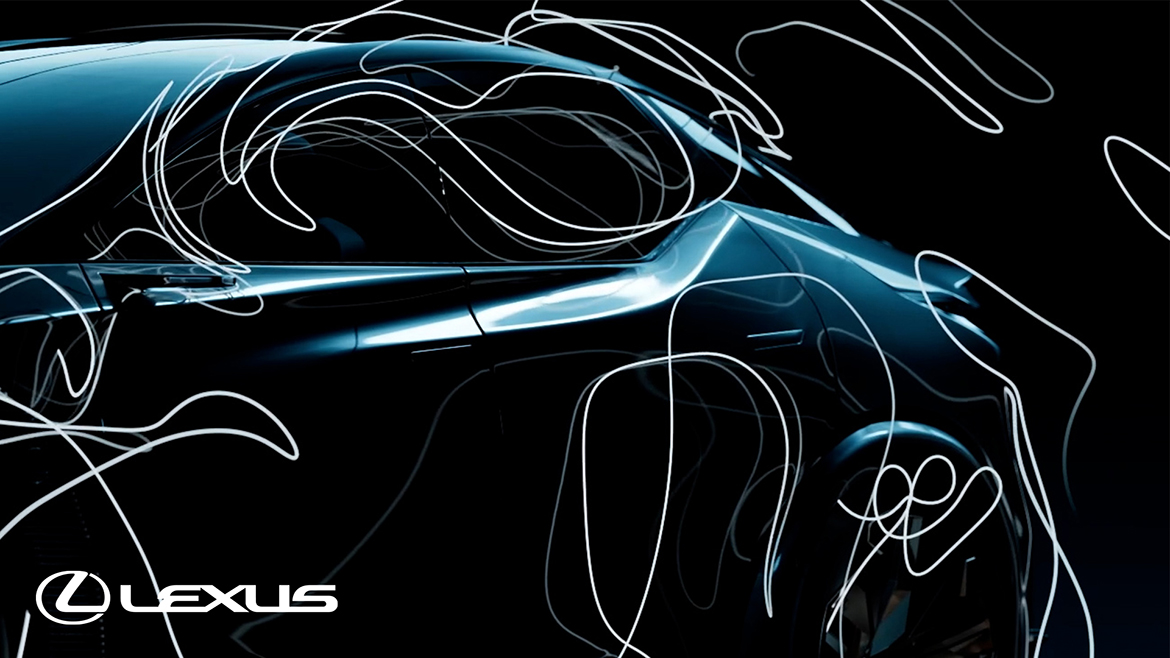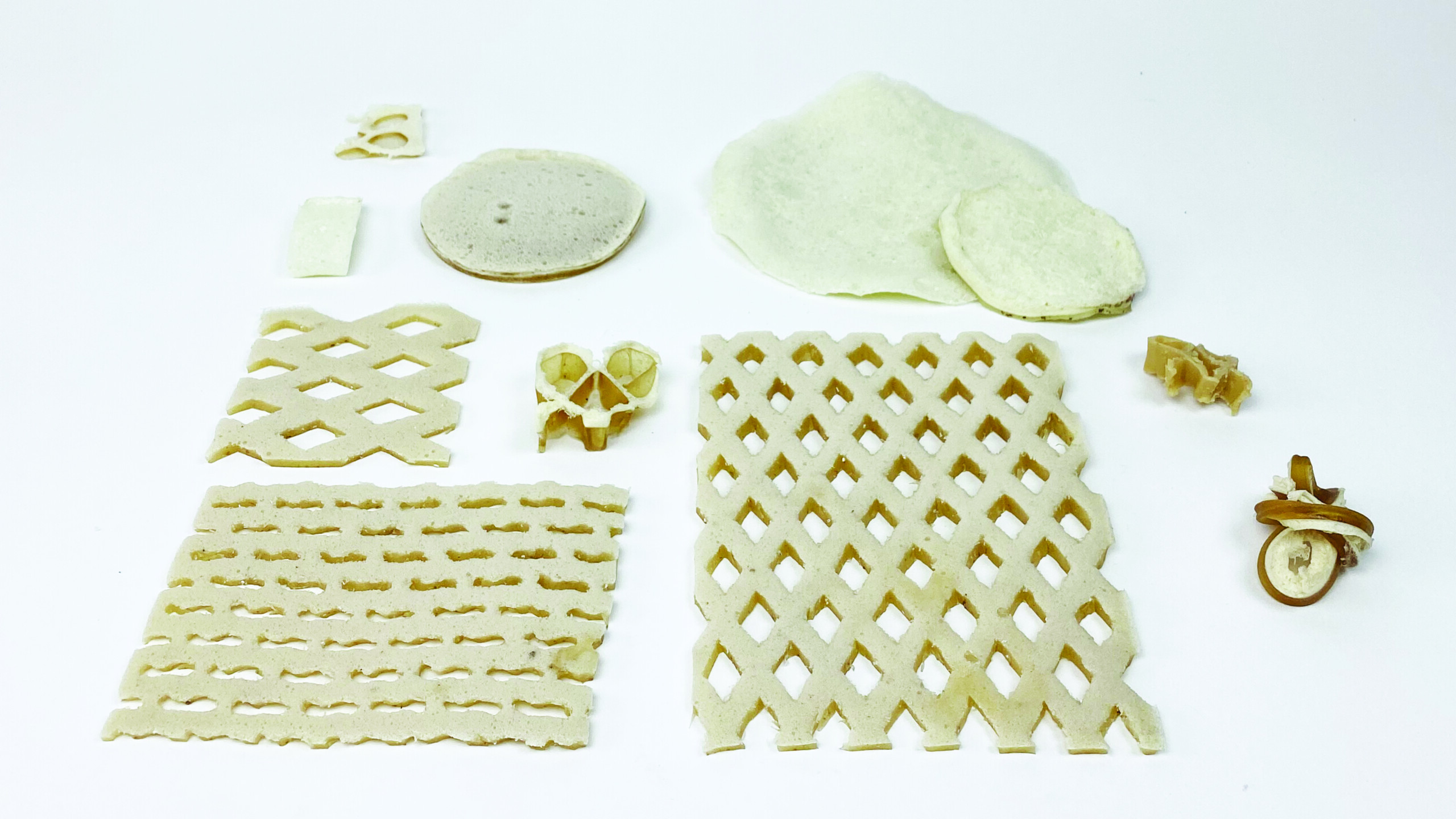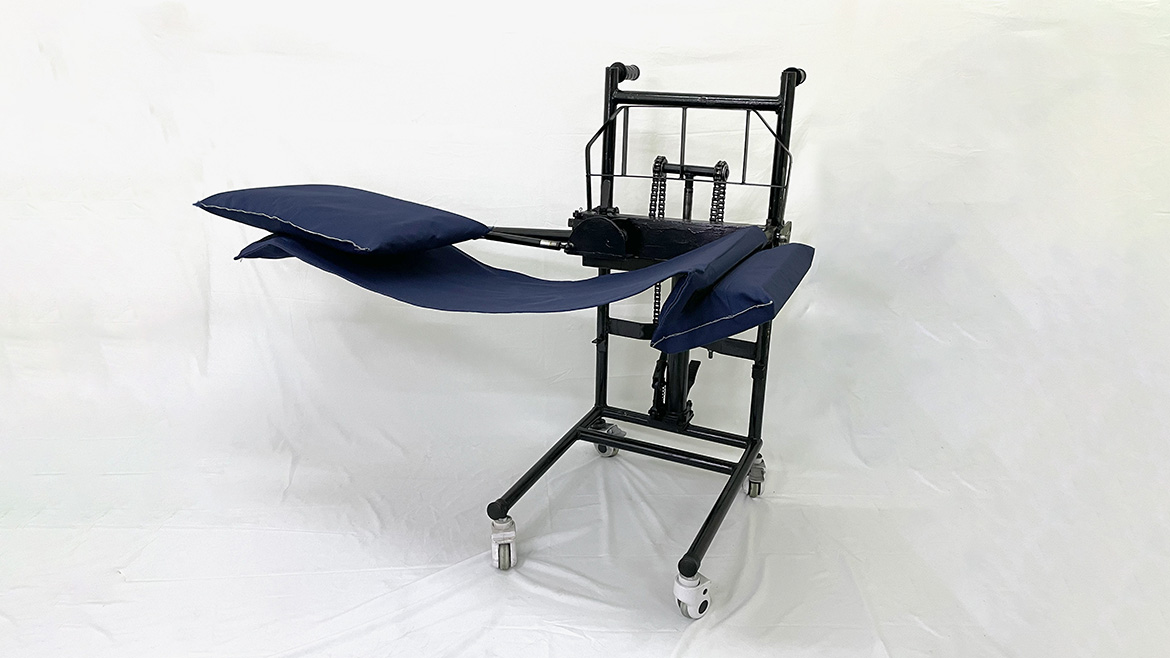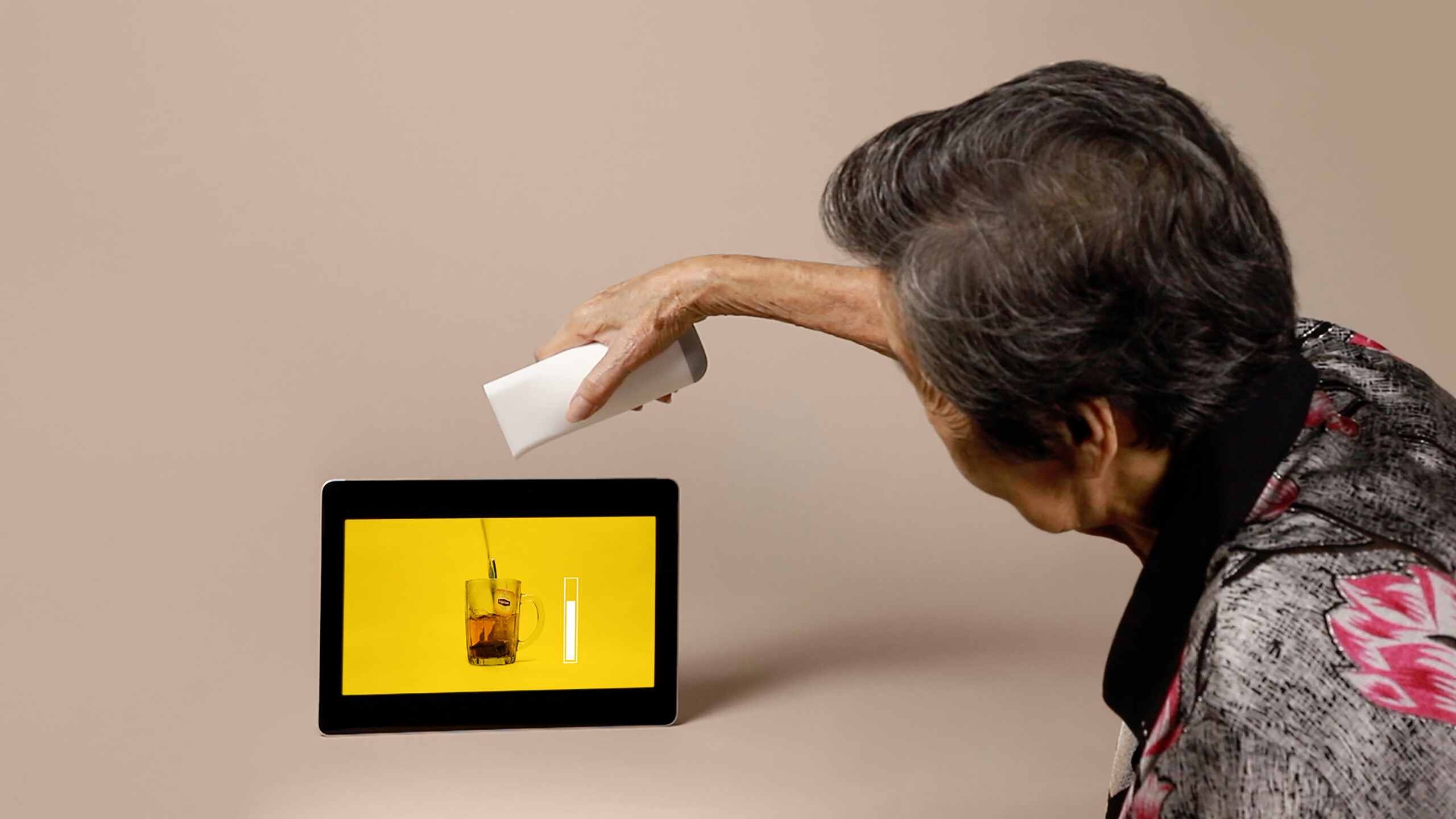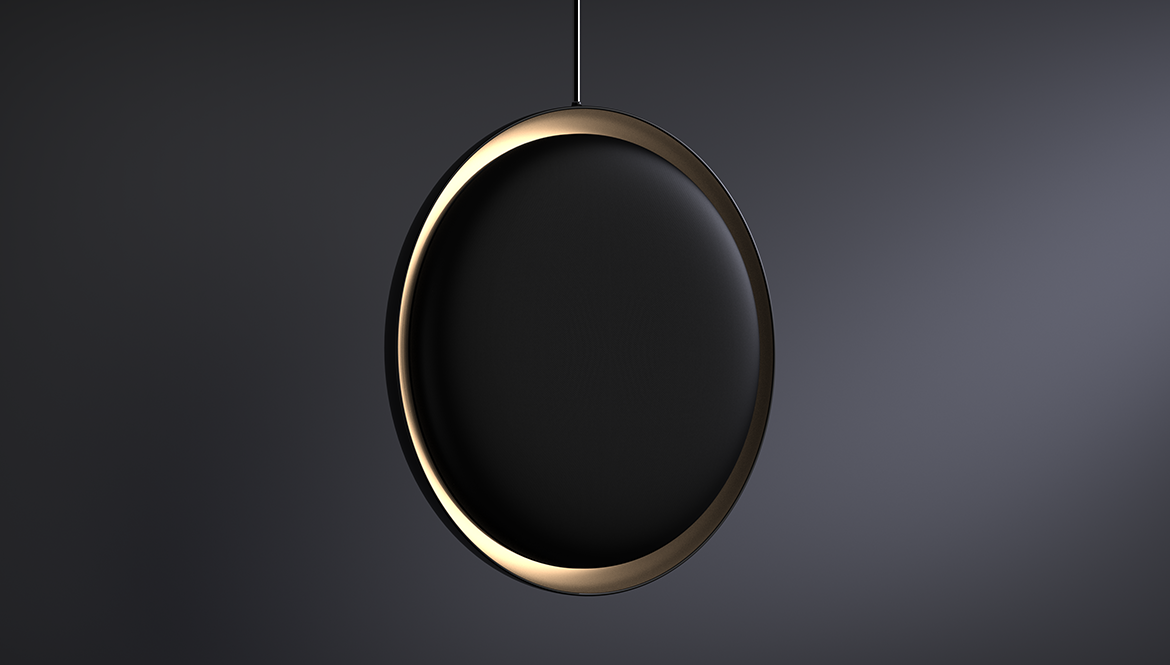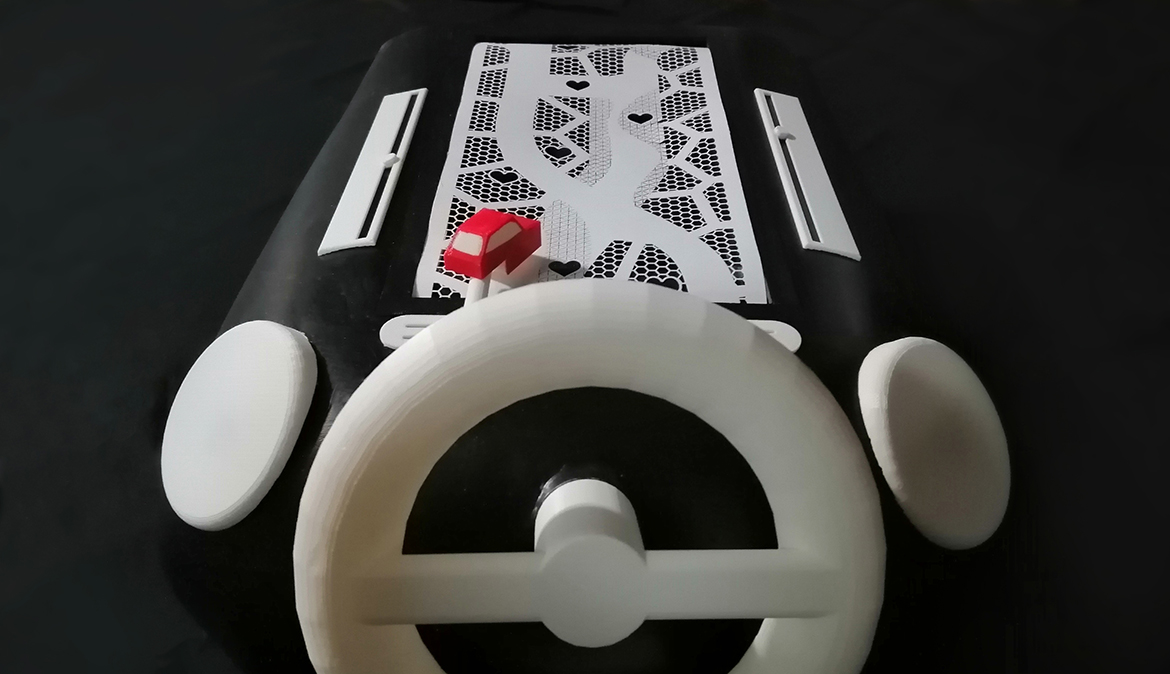Lexus has announced the six finalists for the Lexus Design Award 2022, selected from 1,726 proposals submitted by creatives from 57 countries. The finalists earn the privilege of mentorship from four international creative stars, with whom they will interact directly during the development of their ideas with a budget of approximately 23 thousand euros each. In spring 2022, the jury, which includes renowned creative visionaries Paola Antonelli, Anupama Kundoo, Bruce Mau and Simon Humphries, will select the Grand Prix winner.
Chitofoam by Charlotte Böhning & Mary Lempres (USA/Germany and USA/Norway, based in the USA)
A biodegradable packaging solution derived from the exoskeletons of mealworms that have digested polystyrene foam waste. Chitofoam is a materials research project that reuses discarded polystyrene foam as food for mealworms and then uses their discarded exoskeletons and wrappers. It was discovered that mealworms can safely digest polystyrene, and biopolymers made from chitosan extracted from their exoskeletons will be used to create an environmentally friendly alternative to polystyrene foam.
Hammock Wheelchair by Wondaleaf (Malaysia)
A combination of a wheelchair, a lift and a hammock to reduce manual lifting of patients by caregivers. By combining the features of a wheelchair, a lift truck and a hammock, caregivers can move and transfer patients without having to manually lift them. A tubular framed surface acts as a pallet, while a two-pronged wheelchair acts as a forklift.
Ina Vibe by Team Dunamis (Nigeria)
A sustainable product for cooking, recharging and lighting. Ina Vibe is a lightweight, portable gas burner/stove with a thermoelectric generator that harnesses thermal energy to generate sustainable, affordable and clean electricity, making it possible to cook, charge and light in a sustainable and healthy way.
Rewind by Poh Yun Ru (Singapore)
A platform that uses multi-sensory stimulation to evoke a meaningful memory for seniors with dementia. Designed to evoke memories, Rewind uses a motion-tracking tool that guides seniors with dementia in reenacting familiar gestures. These actions are then reflected as audio-visual feedback on a paired device that triggers the memory.
Sound Eclipse by Kristil & Shamina (Russia).
A device to suppress noise from outside when placed near an open window. Installed in front of half-open windows, the microphone on the back of Sound Eclipse captures the noise while the speakers emit sound waves of identical amplitude to the original noise but of reversed phase. These waves combine and cancel each other out.
Tacomotive by Kou Mikuni (Japan)
A perceptible driving simulator for children with visual and hearing impairments. The texture of the paper, particularly its roughness and softness, changes slightly as the pattern is cut. Using this phenomenon, I designed an analog driving game to enjoy tactile exploration, inspired by the concept of co-creating communication in the education of children with visual and hearing impairments.

